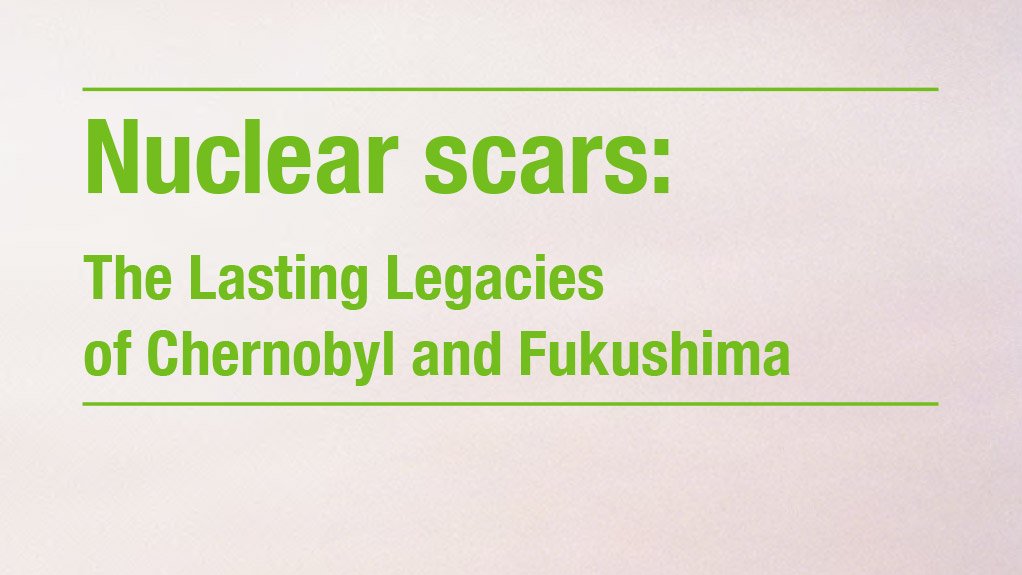- Nuclear Scars – The Lasting Legacies of Chernobyl and Fukushima (Feb 2016)2.97 MB
It is 30 years since the beginning of the Chernobyl nuclear disaster. It is also five years since the Fukushima disaster began. To mark these anniversaries, Greenpeace has commissioned substantial reviews of scientific studies examining the continued radioactive contamination in the affected areas, and the health and social effects on the impacted populations. We have also carried out radiation field work to expose the unrelenting crises in Russia, Belarus, Ukraine and Japan that thousands of people still live with on a daily basis.
There is no simple or easy way to clean up an aftermath of a nuclear accident. Indeed, this report shows that there is no such thing in reality as a complete decontamination of radioactively contaminated areas. The disasters that began at Chernobyl Nuclear Power Plant (NPP) in 1986 and at Fukushima NPP in 2011 have demonstrated not only the terrible initial consequences of major nuclear accidents; they also left us with long-term consequences for human health and the environment. These scars are still with us today and will be with us long after tomorrow.
The nuclear industry likes to frame these accidents in terms of downplayed numbers of deaths, but the reality is far more complex and insidious. The impacts go far beyond the tens of thousands of fatalities and hundreds of thousands suffering health consequences. Following a nuclear disaster, people are put under overwhelming pressures. They must evacuate their communities to avoid radiation risks. They are displaced from their friends, families and communities for years.
Despite all the evidence to the contrary, the nuclear industry and its government supporters continue to hide the threats of nuclear power from the public. The real risk of nuclear power, however, is inescapable for hundreds of thousands of Chernobyl and Fukushima survivors. Despite the immense suffering that accompanies losing your home or living in a contaminated environment, the scale and seriousness of these effects continue to be played down or misrepresented.
This report seeks to clarify how governments, reactor operators and nuclear regulators were unprepared to deal with not only emergency evacuations immediately after the accidents, but with the long-term management of hundreds of thousands of displaced persons, as well as with the contaminated communities and agricultural lands.
EMAIL THIS ARTICLE SAVE THIS ARTICLE
To subscribe email subscriptions@creamermedia.co.za or click here
To advertise email advertising@creamermedia.co.za or click here











